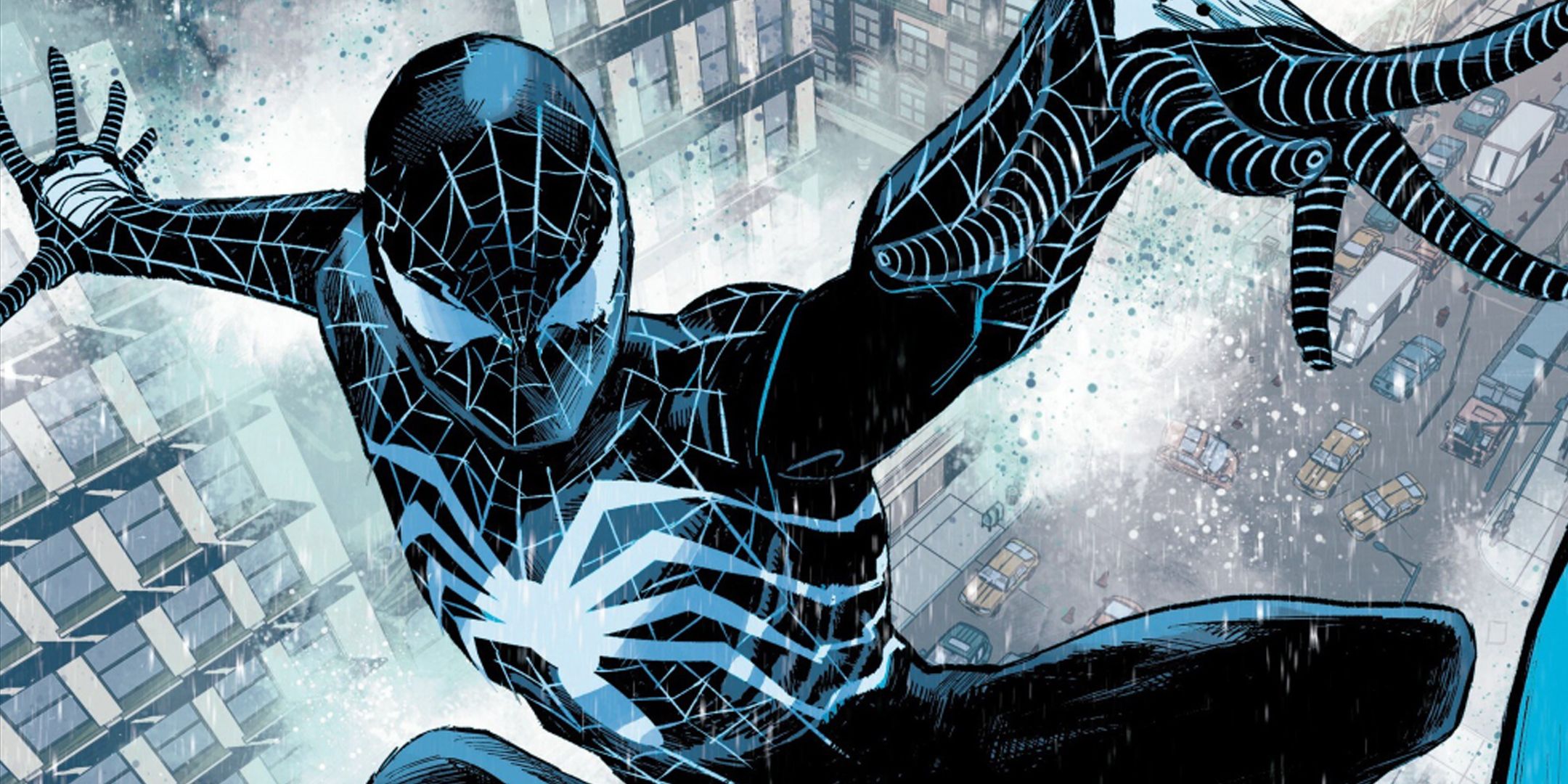This page contains affiliate links for eCommerce websites. How to Love Comics may recieve a small commission on purchases you make. Find out more in our affiliate disclaimer.
There are a lot of Star Wars comic books. Some great. Some are not so great. However, not many have wowed George Lucas so much that he has bought the original art. Han Solo (2016 series) – written by Marjorie Liu, art by Mark Brooks, coloured by Sonia Oback, lettered by Joe Caramagna, and published by Marvel Comics – takes that honour.
Set very soon after Episode IV, the comic focuses on a rudderless Han Solo. The reader sees him uncharacteristically refusing smuggling jobs that would usually be his bread and butter. However, he’ll soon arrogantly volunteer himself (and Chewbacca) to pilot the Millennium Falcon in the most dangerous race in the galaxy. Something that’s cover for a mission that will see him collecting Rebellion spies with vital information along the race’s route. But to save the day, our heroes will have to navigate the dangers of the race, dodge the Empire, and avoid any surprises that come their way.
 Han Solo (2026 series) #1 cover by Lee Bermejo.
Han Solo (2026 series) #1 cover by Lee Bermejo.Han Solo’s main and secondary objectives intertwine with the dangers they pose in various ways to form an intricate net of ideas and scenarios. However, Liu’s script never feels tangled or knotted, with elements well-balanced to hit at the right time while covering lots of ground. The race forms the story’s foundation. However, it’s flexible enough to facilitate other stories, such as the Rebellion mission, Han’s interactions with other racers, or the added mystery introduced approximately halfway through.
There are additional creative considerations when creating a comic based on a licensed property. Established characters need to be on-brand, looking and feeling like the characters that people know and love. And because it’s Star Wars, there’s a higher level of scrutiny from a passionate (at best) fanbase. Han Solo’s characterisation is spot-on for the era. He has that overconfidence, like how he believes he can win the most dangerous race in the galaxy because he made the Kessel Run in less than twelve parsecs. When a group wants to borrow the Millennium Falcon, Han gets very defensive that anyone could pilot his baby without his involvement. There’s also the signature charming arrogance, which comes across in many interactions, like when he’s trying to get out of a jam or arguing with Princess Leia.
 Han Solo (2016 series) #1 page by Mark Brooks and Sonia Oback.
Han Solo (2016 series) #1 page by Mark Brooks and Sonia Oback.Artist Mark Brooks is known for his hyper-detailed covers. However, for the interiors of Han Solo (2016 series), he implements a style more akin to Stuart Immonen. The clean lines, spot blacks, and soft curves straddle the line between expressive characters and offer an on-brand experience – never approaching stiff realism. However, that doesn’t mean the artist cannot render other elements in great detail. The Millennium Falcon is a prime example, with every contour and ship panel rendered in careful detail. Elements not pre-established also look great. For instance, the lively two-page spread that introduces the race’s starting point. Ships buzz around it, with one showing a Hutt through the window of one in the foreground. The reader can see very quickly that this is a big deal. You can see why George Lucas was impressed.
Strong storytelling instincts support the art. Most pages follow the conventional layouts of modern comics. These are clear and flow into each other without any confusion. However, there are times that Brooks mixes it up. The most notable is a two-page spread that highlights the passage of time. The Millennium Falcon is in the bottom-left corner, with wedged panels bursting from behind. Each of those panels depicts a moment in hourly increments, showing how Han and Chewey are coping with a long and difficult stage of the race. Not only does it look great, it communicates so much in just two pages.
 Han Solo (2016 series) #3 spread by Mark Brooks and Sonia Oback.
Han Solo (2016 series) #3 spread by Mark Brooks and Sonia Oback.Colourist Sonia Oback backs up Brooks’ art with a bright colour palette. At times, it has a luminescent quality, with the glow of space stations and dashboards of the cockpits. However, the colours are not restricted to that, allowing them to match the environments and scenarios. It feels like Star Wars but through the lens of a modern comic.
I can see why George Lucas was impressed. It’s a layered and well-balanced comic, where its many elements don’t conflict with one another. At the same time, it feels very Star Wars, while not burdening itself to be too Star Wars – adding fresh elements with pre-existing ones. If you can only read one Star Wars miniseries, then you won’t go wrong with this one.
Han Solo (2016 series) #1-5 has been collected in various trade paperback collections. You can find it in all good comic book shops, online retailers, eBay, and Amazon/Kindle.



















 English (US) ·
English (US) ·